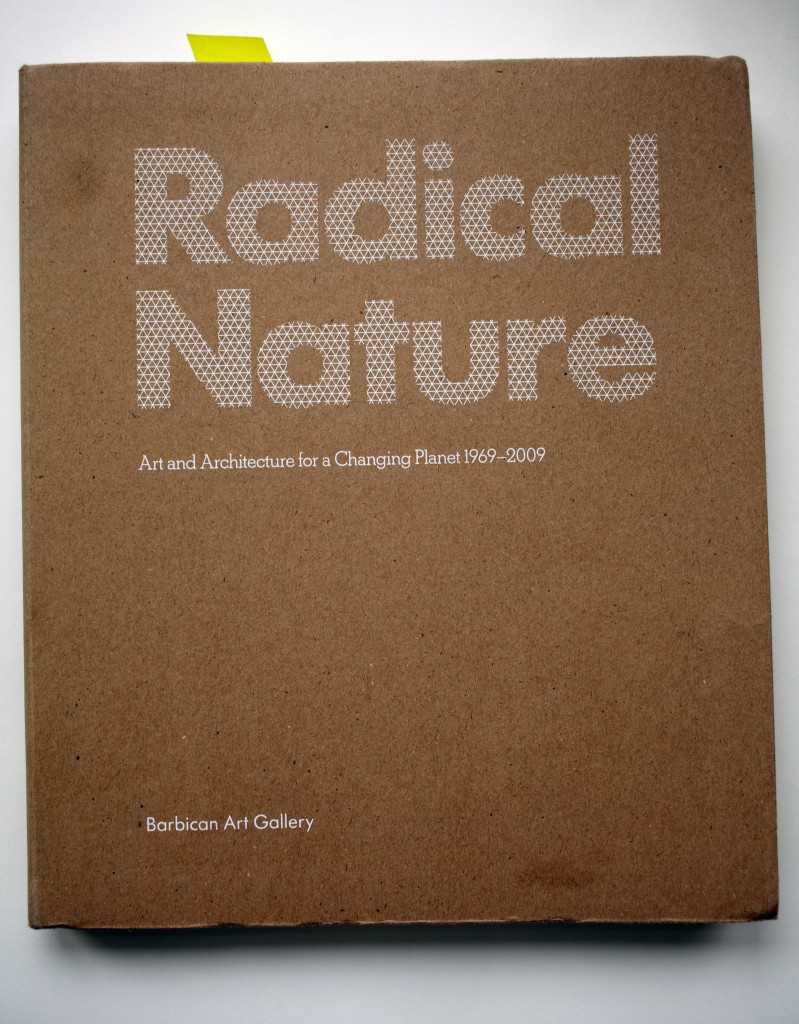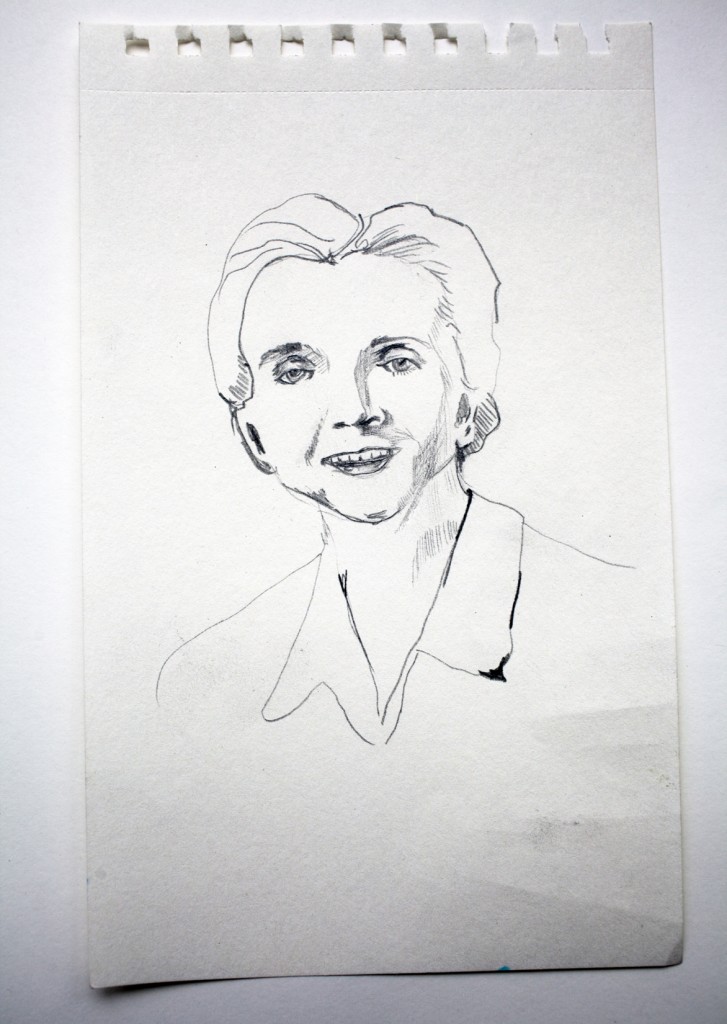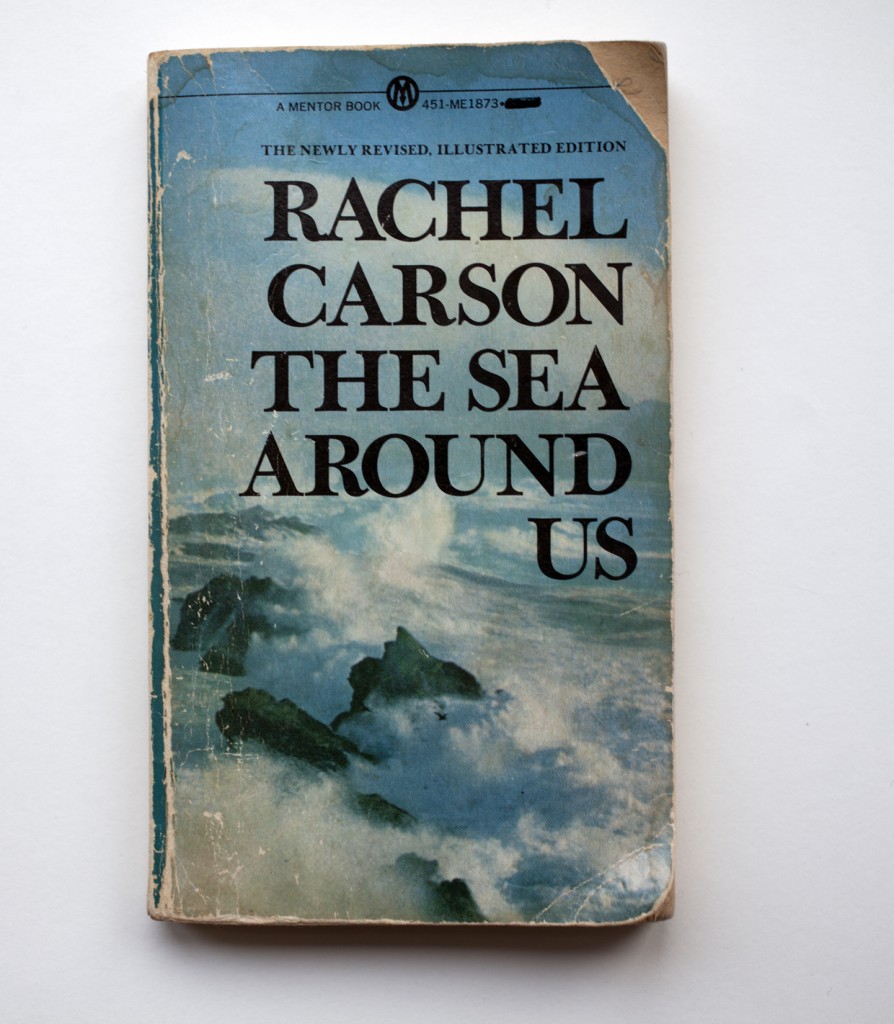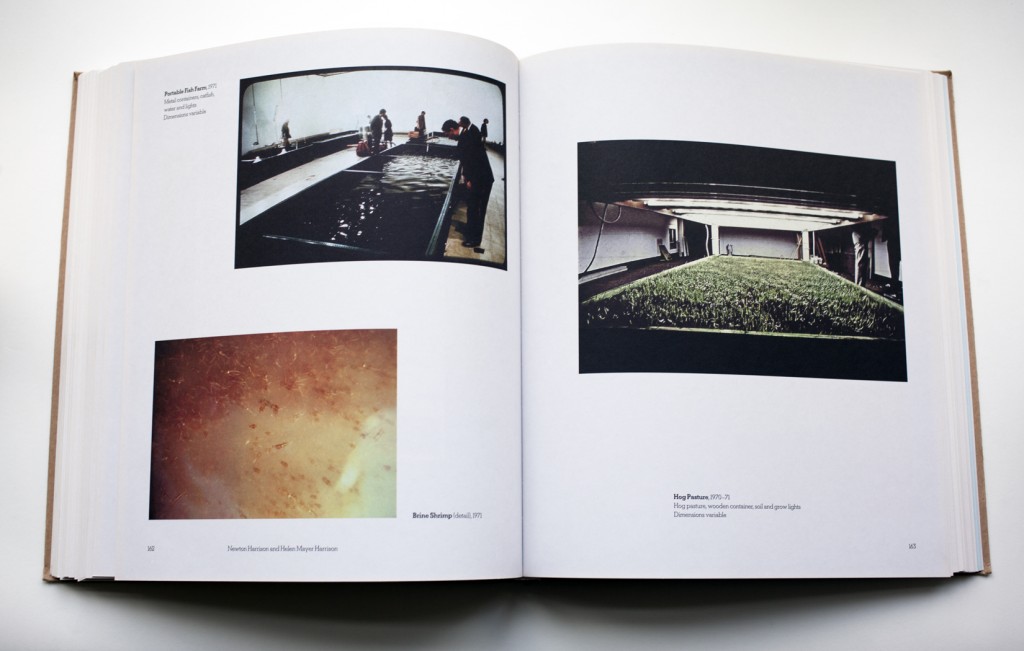Rachel Carson’s radical perspective on the natural world
In “There is no such thing as nature,” his curatorial essay for the Radical Nature exhibition (2009, Barbican, London), Francesco Manacorda criticizes the historical, philosophical opposition between nature and culture, saying that this false dichotomy absolves human society of both a relationship and a responsibility to the natural world.
Manacorda goes on to cite Rachel Carson, the environmental science writer, as a key figure in breaking down the long held separation between nature and culture.
Carson’s book Silent Spring, published in 1962, created a widespread shift in how the general population perceived the effects of human impact on the natural environment. Her writing combined scientific studies and research, with anecdotes from American house wives about dead birds and squirrels, to create a scathing argument against the negative impacts of chemical pesticide use, specifically DDT, in the post-war period. Silent Spring became a bestseller and went on to bolster the environmental conservation movement prompting significant U.S. government policy changes banning the use of DDT.
Silent Spring was not Carson’s first book. Her three previous titles dealt with the wonders of the sea.
Carson believed that people would protect only what they loved, so she worked to establish a “sense of wonder” about nature. In her best-selling sea books — The Sea Around Us, The Edge of the Sea, and Under the Sea-Wind — she used simple and sometimes sentimental narratives about the oceans to articulate sophisticated ideas about the inner workings of largely unseen things.
We have recently been reading The Sea Around Us, where Carson writes,
[E]ach of us carries in our veins a salty stream in which the elements sodium, potassium, and calcium are combined in almost the same proportions as in sea water.
For me, this perfectly captures Carson’s blend of science and human interest allowing her to break down the walls between the natural world and the human world, articulating the fraught relationship human society has with the world around us.
Manacorda places Silent Spring on a timeline. Published in 1962, the book was part of the cultural kickoff of a global, status quo questioning process. From political unrest to student revolts to the anti-war movement, a global cultural shift began in the mid to late 1960s. Silent Spring was part of the beginning of this shift and responsible for introducing ecological issues to the discussion. Issues which according to Manacorda, begin to appear in politics and art slowly at first and then more and more, especially after the 1973 oil crisis, and on into the present debates on climate change.
Artists like Robert Smithson–whose work questioned industry and ecology, Newton and Helen Mayer Harrison–who vowed only to make work that would benefit ecosystems, and Agnes Denes–whose large-scale installations question a human and environment relationship based on resource extraction, emerged in the late 1960s and early 1970s, as professional artists blending environmental issues with cultural production. As an exhibition, Radical Nature presents the ways in which artists like these, and others, as well as architects, responded and continue to respond to the fraught state of the environment brought on by human intervention, an era some are calling the Anthropocene. “Nature is not a separate entity … the earth is a dynamic totality constantly pushed off balance by man’s activity.” *
Rachel Carson, criticized by her opponents in the chemical industry for being single and loving cats, was according to her biographer, Linda Lear, critical of human arrogance. Carson was deeply aware of the temporality of human society and her writing spoke out against the dominant paradigm of endless growth and technological progress. For Carson, nature was not in service to humanity. The artists and cultural producers inspired to action by her writing would agree.
* Manacorda, Francesco, “There is No Such Thing as Nature,” Francesco Manacorda and Ariella Yedgar, eds. Radical Nature: Art and Architecture for a Changing Planet 1969-2009. (Koenig Books, 2009).
Radio Aktiv Sonic Deep Map (2013)

SUPERKILEN – Extreme Neoliberalism Copenhagen Style

Read Brett's essay about the park.
Download our guide:

This is our guide to how-to books from the counterculture of the 60s and 70s. Click to get the download page.
Categories
- Agriculture (11)
- Animal sounds (1)
- Artist parents (19)
- Arts and culture (106)
- Bees (3)
- Book reviews (14)
- Books (18)
- Critical essays (5)
- Daily Photo (5)
- Design (36)
- Dirt (11)
- Environmental activism (43)
- Exhibitions (24)
- Farms (11)
- Forest (7)
- Friday connect (15)
- Growing (42)
- Habitat (38)
- Homesteading (16)
- Interviews (15)
- Kitchen (14)
- Living structure (9)
- MISC (15)
- Mythological (2)
- Neighborhood (83)
- Ocean News (1)
- Our Art Work (21)
- Personal – Design/Art (3)
- Play (2)
- Playground (4)
- Projects (21)
- Public space (53)
- Resilience (13)
- Sea Side (2)
- Sojabønner (2)
- Tofu (8)
- Vermont correspondence (7)
- Water (3)
- Wednesday picture (31)
- Workshop (1)
Video interview:

Watch our interview of SeedBroadcast, a mobile project that is part seed library and part seed-saving-story-collecting machine-recording the stories of seed saving, farming, and food sovereignty work being done around the US.

Download a poster Bonnie made about biodiversity in a vacant lot in the Amager borough of Copenhagen, in collaboration with biologist, Inger Kærgaard, ornithologist, Jørn Lennart Larsen and botanist, Camilla Sønderberg Brok: A BRIEF TAXONOMY OF A LOT

We made and installed a network of bat houses in Urbana, Illinois, to support the local and regional bat population, but also to begin a conversation about re-making the built environment.
READ MORE
BOOK REVIEW:

We write often about artists and art groups that work with putting ‘culture’ back in agriculture. Here is a new favorite: myvillages, a group of three women based in Germany, the Netherlands, and the UK. Read more...

Post Revolutionary Exercises
We really admire the dedicated hard work of Kultivator who seeks to fuse agriculture and art in their work. Click this sentence to get a PDF of their poster collection called "Post Revolutionary Exercises."

Cultural Practices Within And Across
This amazing book networks urban and rural resilience and sustainability projects around the world. Deeply inspiring projects in Romania, Paris, San Francisco, and elsewhere.
• Read our review of the book.
• Buy the book.
• Download the book.











